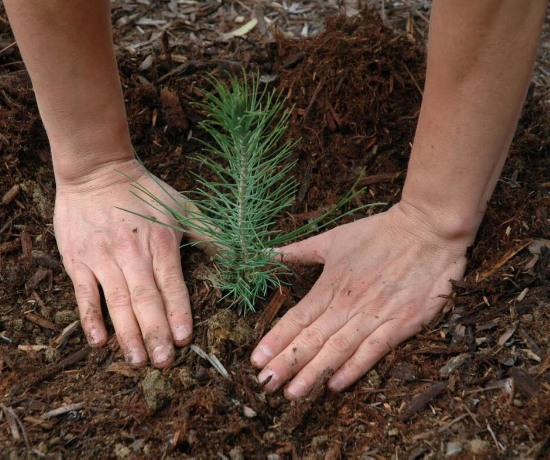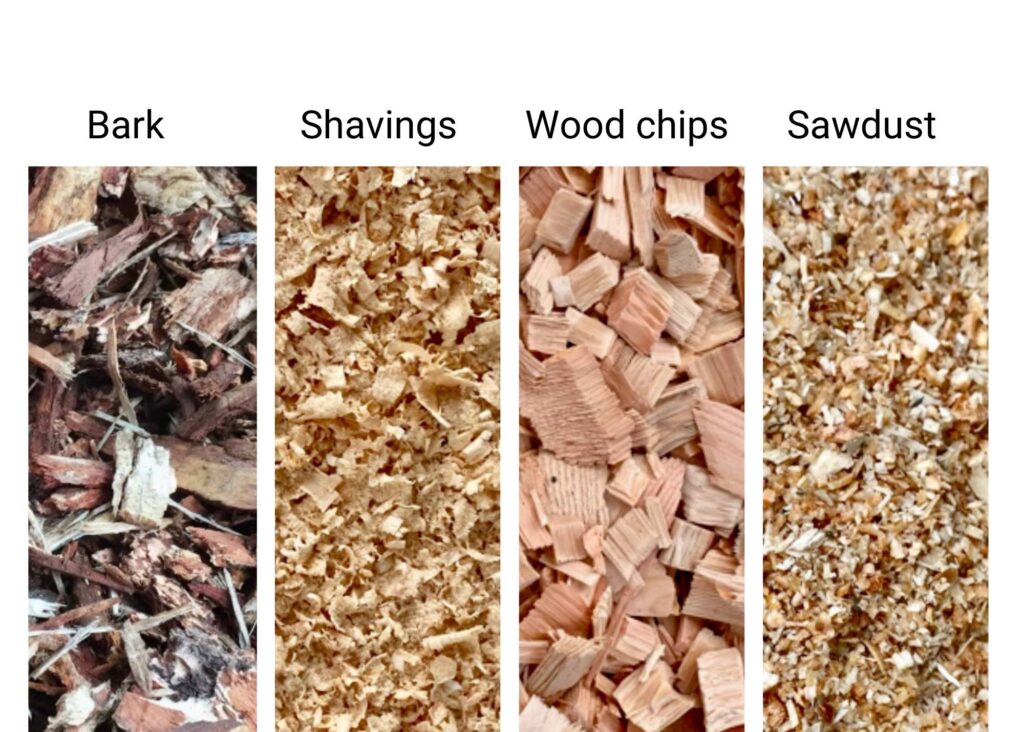Recently, we sat down with our Siviculture Supervisor and Geomatics Specialist, Kailee, for a quick Q&A to discuss all things tree planting here at Kalesnikoff — check it out below!
Q: Does Kalesnikoff plant their own trees or do they work with contractors?
A: We work closely with Wildhorse Forestry to ensure quality targets are met and that each site is planted according to a site-specific schedule.
Q: Which species of trees does Kalesnikoff plant?
A: The primary species we plant are: Douglas Fir, Larch, Western red Cedar, Spruce, White pine, Ponderosa pine, Lodgepole pine. We occasionally plant Balsam Fir and Grand Fir, and we are also planning to try planting Whitebark Pin, which is listed as an endangered species in Canada.

Q: Is there an annual tree-planting target goal?
A: Tree planting numbers entirely depend on how much area we harvest on our licences and the success of previously reforested blocks that might require fill planting. In 2020, we planted 536,785 trees.
Q: What are the ideal planting conditions?
A: Warm and wet conditions. Just like a garden, you don’t want it too cold that you risk frost damage to the seedlings but you don’t want it too hot and dry that you risk drying out the seedlings. Timing is everything.

Q: Is there a minimum number of trees that Kalesnikoff is required to plant each year?
A: This is a variable of stand condition. We are required by legislation to manage our harvested stands to targets based on tree density, tree height, and forest health. If a stand is not meeting the required density of healthy trees, then we are required to “fill plant” it. Typically, we plant 3 trees to every 1 tree harvested.
Q: When does the planting season generally end and start?
A: Our spring plant runs from mid- April to the end of June. The fall plant runs from late August- October.

Q: Can you tell us a little bit more about the overall process?
A: There is a detailed process and is a legislated requirement for us to reforest in a specific time frame after harvest. Every fall I start by doing post-harvest field assessments of all blocks harvested that year to determine what species/ where to plant them. I map this out to determine how many seedlings I will need of each species. I then source the appropriate seed required for the selected species. I then work with tree nurseries to plan the sow of our seed. The sowing happens that winter/spring. The trees are grown at the tree nursery from winter/spring to late fall and then they are lifted, put into boxes, and then put into cold storage over the winter. The following spring, we have the trees thawed out and we plant them. So for example, in the fall of 2020, I start planning for what we will be planting in the spring of 2022.

Learn more about Kailee by clicking here.


